I decided to mull this over this morning. If you’ve been to this site before you can certainly find both. I believe I tend more toward commentary.
“How-to” is easier to come by and you don’t have to really know anything about training just where to find a piece where someone else tells you how they do it. Essentially, we have gone from a testimonial (which may be best practice) and taken the real meaning out of it and made something someone thinks there is an easy way to do a job. This isn’t the proverbial rocket science; nor is it, “anything you can do I can do better.”
I have written articles containing the words “how-to” simply to draw in an audience I would like to change. I see nothing wrong with “how-to”s if they offer a certain amount of latitude, and offer options beyond the words on he page. Sometimes that’s the problem with the blog system: authors anxious to put something out don’t realize the importance.

Don’t waste our time. I’m not a know-it-all when it comes to training, but I do know training from being in the trenches and being in the management pool. I am also a psychologist and devout people observer.
I never claim to have all the answers but offer considerations–even other ideas I may not agree with at the moment. It is a changing world, a changing workforce.
One thing I have noticed is that the marketplace seems focused on groups rather than the whole. Maybe it is the mark of getting older that I see a lot of pandering and assumptions made to a younger audience with toys and anxious to place the toys instead of trainer. Question is always: does it do the job better because the trainer is now out of the picture. Ouch!
Workers are getting older, those that still have jobs are suspicious by anything brought in by the young that doesn’t seem well thought out. So, how much is just disregarded. Hence: the “how-to,” but it’s start.
Every “how-to” should be balanced with “where do we go from here.” What next? So, mayby that’s the next step, but I have a feeling it’s going to be the gadgets–so much fun and “gee whiz.”
 So, here’s my advice and commentary:
So, here’s my advice and commentary:
- Use the “how-to” as a starting point, keeping in mind that your company may have distinctions, but think hard before you modify. You could have missed something.
- Note the source of the “how-to” to give you some idea of credibility.
- Again, don’t let this be the only the thing you read on the subject. Look at what other companies are doing; the subject matter doesn’t even have to be related to yours to have good ideas you can use, and lastly, while we are on the internet,
- read the commentary for what it’s worth.
- Make sure you can tell the difference from grousing and sharing of ideas.
I’m keeping it brief and saying just enough I hope. Commentary versus how-to. It doesn’t really matter. What does matter is the way we use the material. Sorry I’ve been away for awhile, and I’m sure you kept busy without me. I still managed to publish my futuristic novel, In Makr’s Shadow, this trip. You can purchase it rather inexpensively on Smashbooks as well as any other major e-book outlet a little later. It’s about a time when we don’t think we are smart enough to keep from destroying our own world, and leave it all up to artificial intelligence. Don’t forget my back-to-the-base, The Cave Man Guide to Training and Development. You can find the books in the same place for a pittance. Meanwhile there is my own website to tell you what I do and links to all I write, including dramatic criticism.
Happy training.
—
For more resources about training, see the Training library.
 Sections of this topic
Sections of this topic















